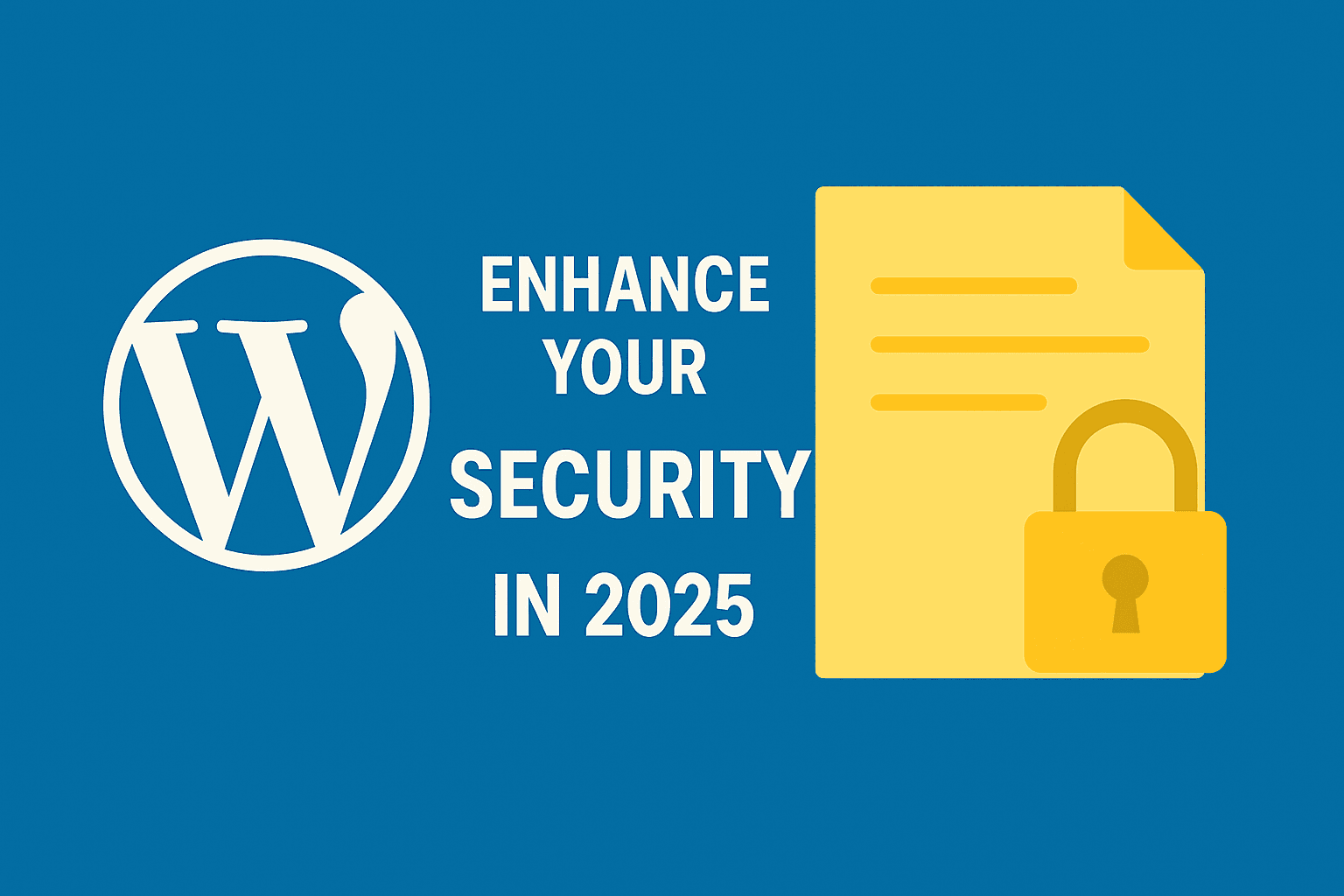Enhance Your WordPress Security in 2025: Lock Down File Edits with These 2 wp-config Constants
In the ever-evolving landscape of WordPress threats, where vulnerabilities surged by over 20% in Q1 2025 alone according to Patchstack reports, safeguarding your site is non-negotiable. As someone who’s cleaned up more than 4,500 hacked WordPress installations, I’ve seen firsthand how hackers exploit backend file editing to inject malware or seize control. But here’s a quick, underutilized defense: two straightforward constants in your wp-config.php file that can thwart these attacks in seconds.
We’re diving into DISALLOW_FILE_EDIT and DISALLOW_FILE_MODS—powerful settings that disable direct file modifications from the WordPress dashboard. If you’re querying “disable file editing WordPress” or “wp-config security tweaks 2025,” this guide will equip you with the knowledge to fortify your site. We’ll explore what they do, why they’re essential amid rising exploits, implementation steps, and tips for safe overrides. Let’s secure your site against the plugin and theme vulnerabilities dominating 2025 threats.
Understanding DISALLOW_FILE_EDIT and DISALLOW_FILE_MODS: Core Security Boosters
WordPress, by default, permits admin-level users to tweak theme and plugin files right from the dashboard—a handy feature for quick fixes but a glaring risk in a breach. Official WordPress documentation highlights these constants as key hardening tools to mitigate such dangers.
- DISALLOW_FILE_EDIT: This blocks all users, admins included, from using the built-in editor for themes and plugins, preventing unauthorized code injections.
- DISALLOW_FILE_MODS: Taking it further, this halts any file-related actions like installing or updating plugins/themes via the dashboard, adding an extra layer against automated exploits.
These aren’t new, but in 2025, with reports of 241 new vulnerabilities in April alone from SolidWP, they’re more vital than ever. Many attacks target outdated plugins, where file mods enable persistent backdoors.
Top Reasons to Implement These Constants Right Away
Beyond basic protection, these tweaks address real-world risks I’ve encountered in countless fixes:
- Thwart Intruders: If credentials are compromised—common in brute-force spikes this year—hackers can’t alter files via the admin panel, limiting damage to surface-level changes.
- Avoid Unintended Errors: Even well-intentioned edits can crash your site. Forcing changes via FTP or IDE encourages safer practices and backups.
- Complement Broader Defenses: Pair them with firewalls like Wordfence or Sucuri for comprehensive security. In my experience, sites with these enabled recover faster from infections, as exploits can’t easily escalate.
Stats from Wordfence show plugin flaws accounting for most 2025 breaches, often via file tampering—making these constants a low-effort, high-impact win.
Easy Guide: Adding DISALLOW_FILE_EDIT and DISALLOW_FILE_MODS to wp-config.php
Implementing this is straightforward and reversible. No plugins required—just access to your files:
- Locate wp-config.php: Connect via FTP (e.g., FileZilla) or your host’s file manager. It’s in your WordPress root folder.
- Edit the File: Open in a plain text editor (not Word). Insert these lines right before the “/* That’s all, stop editing! Happy publishing. */” comment:
define('DISALLOW_FILE_EDIT', true);
define('DISALLOW_FILE_MODS', true);- Save and Verify: Upload the updated file if needed. Test your site—no dashboard editors should appear for files.
Pro tip: Backup wp-config.php first. If issues arise (rare), revert via your host’s tools.
Bonus: Safely Overriding for Necessary Updates
Need to install a plugin or tweak code? Temporarily set both to ‘false’ or comment them out (add // before each). Reactivate after—I’ve used this on client sites during maintenance without hitches. For ongoing development, consider staging environments to keep production locked down.
Wrapping Up: Fortify Your WordPress Site Against 2025 Threats
With AI-fueled attacks and escalating vulnerabilities like those in popular themes reported by Elegant Themes, simple steps like these constants can make your site resilient. Don’t let file edits be your weak link—implement today for peace of mind.
Struggling with WordPress security or suspect a hack? I offer expert malware removal, audits, and hardening services. Reach out for a free consultation—let’s make your site unbreakable. What’s your go-to WP security tip? Comment below!
